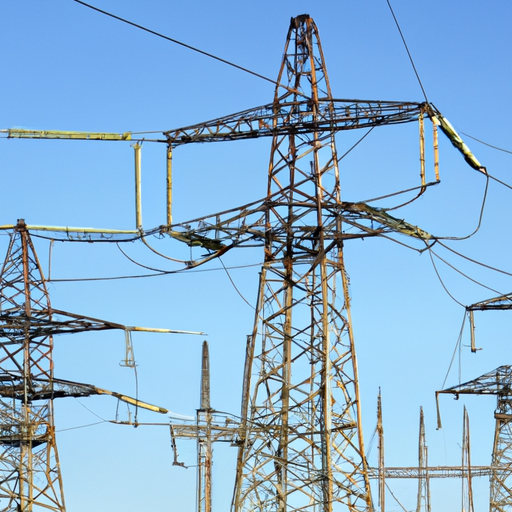Title: Advancements in Power Distribution Manufacturing Processes

1. Smart Grid Technologies (300 words) One of the most significant advancements in power distribution manufacturing processes is the integration of smart grid technologies. Smart grids utilize advanced communication and control systems to optimize the flow of electricity, monitor power consumption, and enhance grid reliability. These technologies enable power distribution companies to remotely monitor and control the distribution network, leading to improved efficiency and reduced downtime.
Smart grid technologies employ sensors, meters, and automation systems to collect real-time data on power consumption, voltage levels, and equipment performance. This data is then analyzed to identify potential issues, such as power outages or equipment failures, allowing for proactive maintenance and faster restoration times. Additionally, smart grids facilitate the integration of renewable energy sources, such as solar and wind, by efficiently managing their intermittent power generation.
2. Additive Manufacturing (300 words) Additive manufacturing, commonly known as 3D printing, has emerged as a game-changer in various industries, including power distribution. This innovative manufacturing process allows for the creation of complex and customized components with reduced material waste and shorter lead times. In power distribution, additive manufacturing is being utilized to produce lightweight and durable components, such as insulators, connectors, and circuit breakers.
By using additive manufacturing, power distribution manufacturers can optimize the design of components, resulting in improved performance and reduced energy losses. Furthermore, 3D printing enables the production of parts with intricate geometries that were previously challenging or impossible to manufacture using traditional methods. This flexibility allows for the creation of more compact and efficient power distribution systems.
3. Advanced Materials (300 words) The development of advanced materials has also revolutionized power distribution manufacturing processes. These materials offer improved electrical conductivity, enhanced durability, and increased resistance to environmental factors. For instance, the use of high-temperature superconductors in power cables allows for the transmission of electricity with minimal energy losses, reducing the need for costly infrastructure upgrades.
Nanomaterials, such as carbon nanotubes and graphene, are being explored for their exceptional electrical and thermal properties. These materials have the potential to revolutionize power distribution by enabling the development of lightweight and highly efficient conductors, transformers, and energy storage devices. Additionally, advanced insulation materials are being developed to enhance the safety and reliability of power distribution systems.
4. Automation and Robotics (300 words) Automation and robotics have significantly transformed power distribution manufacturing processes, leading to increased productivity and improved worker safety. Automated assembly lines and robotic systems are being employed to streamline the production of power distribution components, reducing human error and increasing efficiency.
Robots are capable of performing repetitive and hazardous tasks, such as soldering, welding, and quality control, with precision and consistency. This not only improves the overall quality of the manufactured components but also reduces the risk of accidents and injuries for workers. Furthermore, automation allows for continuous production, minimizing downtime and ensuring a steady supply of power distribution equipment.
Conclusion (100 words) The power distribution sector is undergoing a remarkable transformation due to advancements in manufacturing processes. Smart grid technologies, additive manufacturing, advanced materials, and automation are revolutionizing the way power distribution systems are designed, produced, and operated. These innovations are driving efficiency, reducing costs, and enhancing the sustainability of power distribution, ultimately benefiting consumers and the environment. As technology continues to evolve, we can expect further advancements in power distribution manufacturing processes, paving the way for a more reliable and resilient electrical grid.





